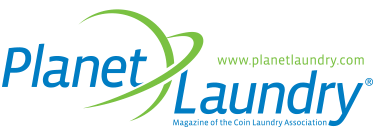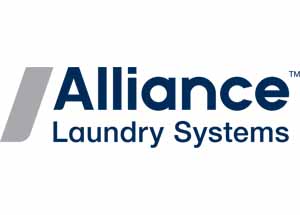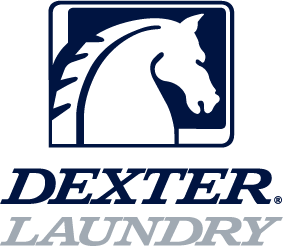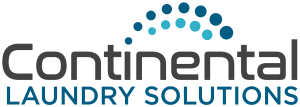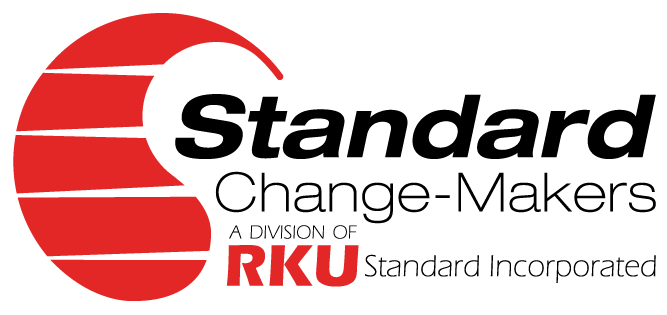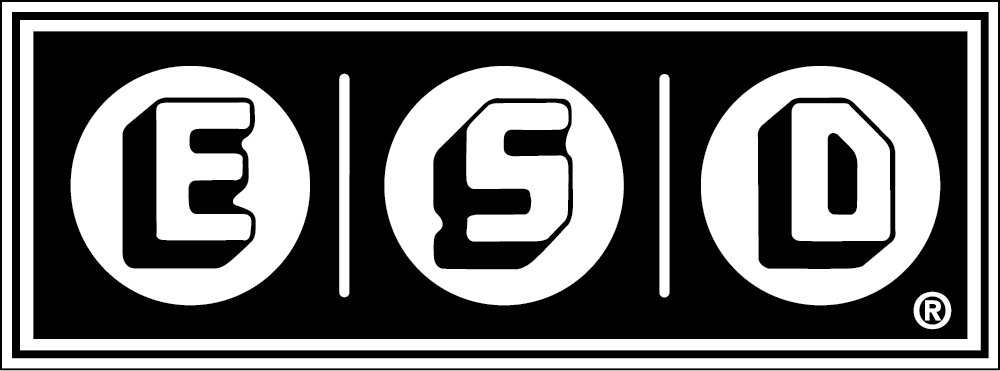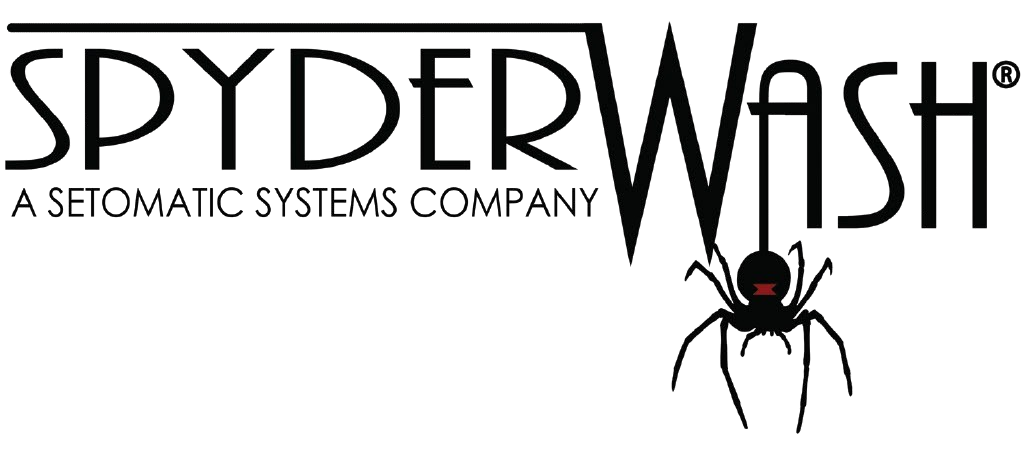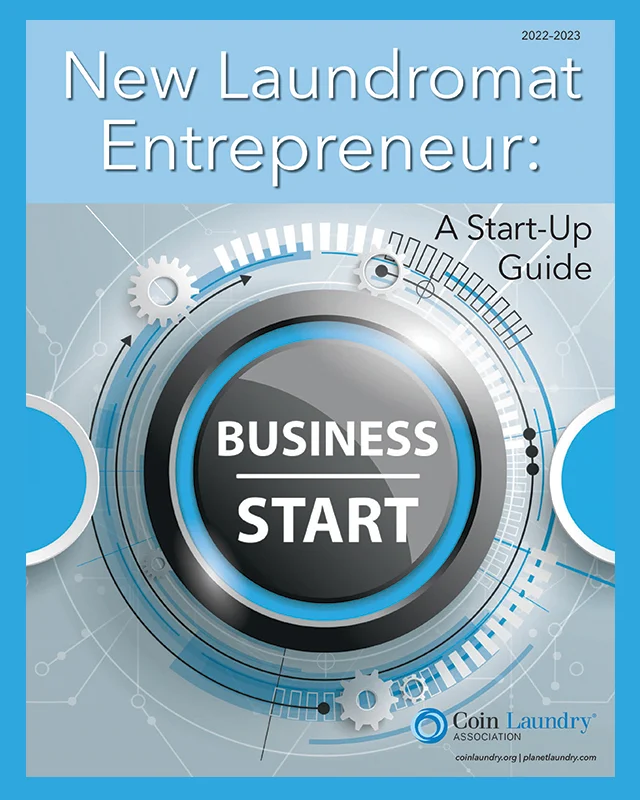Green Operations Increasingly Important to Feed Consumer Demand
When Green Laundry Lounge co-owners Pulin and Krishna Dasai got into the vended laundry industry, they wanted to change a narrative: laundromats are water and energy-intensive businesses.
“The laundromat industry is poised for a major shift,” Krishna said. “As utility costs rise and consumers demand greener choices, laundromats that don’t adapt may fall behind.”
With energy and water costs on the rise, many laundromat owners are adopting greener equipment and practices that lower operating expenses, appeal to eco-minded customers and shrink their environmental footprint. Owners are looking at everything from high-efficiency machines that use less water and power to solar heating and smart controls to LED lighting.
“Frankly, it’s the responsible thing to do,” Pulin said. “Beyond the environmental benefits, it’s also just good business: energy-efficient machines lower our utility bills, and sustainability draws in a more conscious customer base. For us, it’s a win-win.”
Using Less Water and Power
According to the United States Environmental Protection Agency (EPA), traditional top-loading washers use approximately 33 gallons of water per load. By contrast, ENERGY STAR-certified front-load washers use roughly 11 gallons per load — about 67% less — and consume upwards of 50% less energy than older models.
High-extract units spin faster, removing more water and reducing drying times, which cuts electricity costs even further. Swapping out machines older than seven years can lower water use by two-thirds and energy use by nearly half, with payback periods of two to five years.
“In nearly every case, a laundromat that retools will see a significant impact on utility consumption,” said Brian Wallace, President and CEO of CLA (formerly the Coin Laundry Association), the largest trade association dedicated to the self-service laundry industry.
Take Laundry Land, for example. With 18 locations across Virginia and North Carolina, the company completed a phased rollout of high-extract washers, water-reuse filters and LED lighting in 2023. The chain reported a 28% drop in utility cost per pound of laundry and a 15% boost in customer satisfaction since the upgrades.
Although high-efficiency machines can cost 15 to 20% more upfront, utility and sewer savings typically recoup that premium in two to five years. LED lighting upgrades often qualify for full rebates, while water-reuse and solar projects can be financed through low-interest “green loans” or equipment leases that preserve cash flow.
The Power of Solar
Driving your business with solar power can be a major benefit.
According to the EPA, solar energy can reduce gas or electric heating demand by approximately 30% annually. Where roof space permits, photovoltaic panels can supply up to 20% of a facility’s electricity needs in sun-rich markets, further insulating operators from rising utility rates and delivering a visible green credential to customers.
However, according to Wallace, it’s been slow to see increased adoption because of the nature of the real estate mix in the industry.
“Many in the industry lease their property,” he said. “Which means they’re not ultimately making the decisions on those types of utility investments for the property. Depending on the relationship they have with the property owner, they may be able to influence it, but at the end of the day they have to work with what they have available to them.”
For Denise XXXXXXX of laundromat xyz in California, she was in the position to be able to go solar.
“Quote from denise about how it works, benefits she sees, and what it is ultimately doing. You can figure that there are about this many words here,” she said. “It’s been the best thing possible for the business, and people love it.”
Smart Tech Keeps Machines Running
As the pace of technology innovation continues to accelerate, IoT sensors and AI-driven platforms now let owners monitor machine performance in real time, detect early signs of wear and schedule maintenance before breakdowns occur. By adjusting cycle lengths and water levels based on load weight, these systems can cut water and energy use by an additional 10%, while minimizing expensive emergency repairs.
Cleaner Dry Cleaning and Soaps
According to Global Growth Insights, a market research and analysis organization, dry-cleaning shops are swapping traditional perchloroethylene solvent for CO₂ or silicone-based alternatives, slashing volatile organic compound emissions by more than 90%.
At the same time, demand for plant-based, biodegradable laundry detergents is surging. The global eco-friendly detergent market is projected to grow from $47.2 billion in 2025 to $66.7 billion by 2033, a compound annual growth rate of 4.4%.
And environmentally friendly cleaners don’t need to sacrifice on performance. “We’ve seen that our detergent partners are sustainable, non-toxic, and highly effective,” Pulin said. “Going green is not only possible in the vended laundry industry, it’s smart. The technology exists. The customer demand is there. And you can do it without sacrificing cleanliness, comfort, or profitability.”
Consumers Want Green Services
Three out of four U.S. consumers say a sustainable lifestyle is important to them, and nearly one-third are more likely to patronize businesses with clear green credentials, according to a NielsenIQ study. PwC’s 2024 Voice of the Consumer survey found that shoppers will pay on average 9.7% more for sustainably produced goods, even amid inflationary pressures.
“Sustainability is at the heart of our operation,” said Krishna. “From the very beginning, we set out to create not just another laundromat, but a space that aligns with the values of modern consumers — efficiency, environmental responsibility, and community. Our entire model was built around reducing energy and water use, while creating a healthier space for both people and the planet.”
In fact, Pulin said that customers are actively choosing Green Laundry Lounge because of their green practices. “It’s definitely become a key differentiator in a traditionally overlooked industry,” she said.
“Using less water can make a big difference in how you are seen in the community,” Wallace said. “A self-service laundry may be the largest consumer of water in a given town, but being able to communicate that a self-service laundry uses machines that consume less water per pound of clothes than those used in the average home can be a useful marketing message but also help moderate public perception.”
Marketing Green to Grow Business
Laundries in markets like Portland, Ore., and Austin, Texas, highlight monthly water and energy savings on social media, in-store signage and digital receipts. This transparent approach draws new customers and reinforces loyalty among existing ones by showing measurable environmental benefits.
Education and Customer Training
Even with advanced tech, customer behavior can waste resources. Green laundries post easy-to-follow instructions on load sizes, detergent amounts and cold-water cycles. Attendants coach patrons on best practices to “wash green to save green,” boosting both satisfaction and operational efficiency.
“It’s one thing to have a green operation,” Wallace said. “But you have to make sure you’re communicating and educating customers along the way. Helping customers understand exactly how to use the right amount of detergent based on load can really help reduce waste.”
Future Outlook: Beyond the Wash
Emerging innovations include hydrogen-powered dryers, enzyme-based detergents that clean effectively in cold water, and closed-loop water systems that reuse up to 85% of wastewater in a single pass. As utility rates rise and environmental regulations tighten, laundromats that embrace sustainability now will stand out and thrive.
With smarter equipment, clear marketing, customer education and creative financing, vended laundry operators can clean clothes, conserve resources and boost their bottom lines — all while helping the planet.
